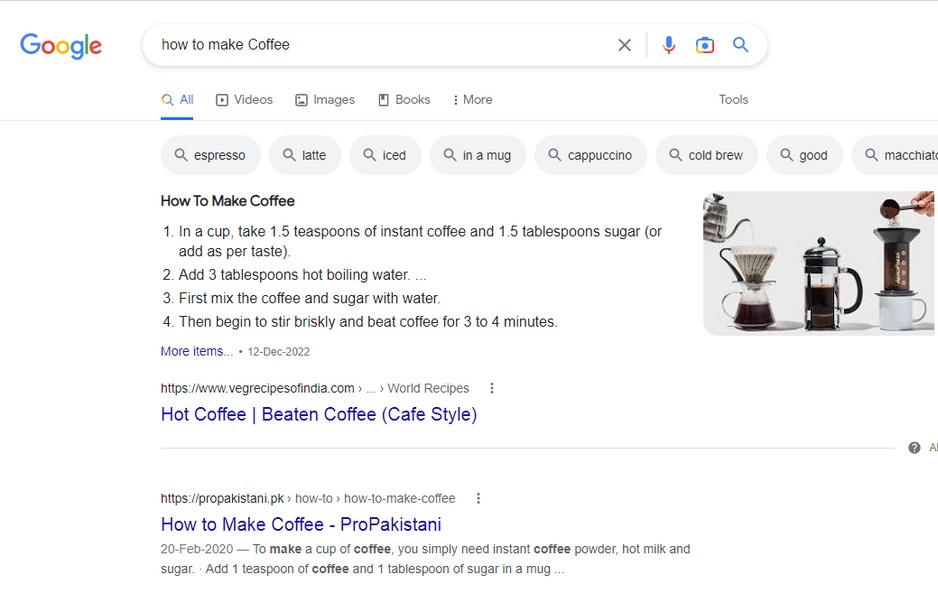The strategic method of updating your website to provide an excellent and interesting experience to users who are accessing it from their mobile devices is known as mobile optimization. Amazing experiences are provided by truly optimized content on both desktop and mobile platforms.
The utility and sophistication of mobile devices are becoming better and better every year. More features are added along the way, and they keep changing our lives. Marketing professionals from all industries are looking to implement mobile techniques like push notifications, mobile email, and app development as more customers than ever before use mobile devices and channels.

In this article we will discuss:
- Importance of Mobile optimization for your website?
- Why mobile optimization is important?
- key factors to improve mobile optimization for your website
- Conclusion
Importance of Mobile optimization for your website:
The majority of internet users in the modern digital era utilize mobile devices to access the internet. In reality, more than 60% of all internet traffic is generated by mobile devices. Businesses must optimize their websites for mobile devices because a large section of the internet audience uses mobile devices. This means making certain that their websites are simple to use and accessible on all platforms, such as smartphones and tablets.
The design and development of websites now must take into account mobile optimization. If your website is not mobile-friendly, you run the risk of losing visitors who may find it difficult to access or browse your site on their mobile devices. This may lead to a bad user experience and reduced conversion rates.
For your website, mobile optimization is important for the following reasons:
1. The layout and design of your website rank among the most important parts. Your website should be designed with a responsive layout, which means that the content and layout will change according to the size of the browser window being used. By doing this, you can make sure that your website is simple to read and navigate on any device, regardless of screen size.
2. Improved visibility in search results: Google and other search engines give websites that are optimized for mobile devices a higher ranking in their search results. If your website isn’t mobile-friendly, it has a lower chance of ranking well in search results, which means fewer visits and potential clients.
3. Improved analytics: With mobile optimization, you can monitor visitor activity on your site, including where they click, how they move around, and how long they remain. Making smart decisions about how to enhance your website and boost conversions can be helped by this data.
4. Cost-effective: It might be expensive to create a separate mobile website, especially if you have to keep up with two versions of your site. You can ultimately save money by having a single website that is optimized for all devices thanks to mobile optimization.
5. Maintaining competition is important as more and more businesses move to the internet. By making sure that your website is simple to use and accessible on all devices, mobile optimization can give you an advantage over your competitors.
6. Page load time is an important component of mobile SEO. Your website needs to be designed to load fast on mobile devices because those devices typically have slower internet connections than desktop PCs. This product caches strategies to use efficient code and reduces image sizes.
Several key factors to mobile optimization for your website:
- There are a few important actions you may take to mobile-optimize your website. To start, make sure your website is responsive, which means it will automatically resize to fit the size of the screen being used to see it. This can be done by employing responsive design strategies like flow grids and flexible pictures.
- Make sure your website loads quickly on mobile devices as well. This can be done by employing strategies like lazy loading, which loads images and other content only when they are needed. To guarantee that your site loads quickly on all platforms, you should also decrease the size of your photographs and other material.
- Finally, to make sure your website is properly optimized, test it on various mobile devices. This may entail testing on several browsers, operating systems, and screen sizes. By doing this, you can make sure that your website is completely optimized and that all users have a positive browsing experience.
Best practices for mobile optimization
There are different levels of mobile optimization for websites. The user experience will be improved by a website’s degree of mobile optimization. To create a user experience that is simple for customers to navigate, the following mobile optimization guidelines are important:
- Video optimization: is necessary to make them compatible with mobile devices.
- Make website content scrollable: so that users can browse it without clicking via the navigation bar.
- Responsive templates: should be used, even for email marketing To access content on mobile devices, templates must be responsive.
- Create concise, scannable sentences: mobile consumers frequently need content that can be absorbed fast and simply.
- Keep intent in mind: While designing a mobile website, keep in mind the requirements of mobile users and prioritize that content. This could be a menu, an online booking system, or a map for eateries.
- Use accelerated mobile pages to browse more quickly on mobile devices: Mobile optimization includes reducing page size for quicker loading times. Mobile surfing is made faster for businesses thanks to accelerated mobile pages.
- Use Google’s mobile-friendly test tool: to evaluate how mobile-friendly your website is. To provide real-time feedback and improved mobile reporting, employees should evaluate the site on mobile devices as well.
- Make popups that are easy to shut on mobile devices: Small-button popups are particularly frustrating for mobile users because they are sometimes challenging to close. Businesses should design popups specifically for mobile devices that have big, simple buttons. Also, the CTAs on these popups must be optimized for mobile use.
Conclusion:
Each company with an online presence needs to optimize for mobile. Since mobile devices now account for the majority of internet traffic, it’s important to ensure that your website is accessible and usable across all platforms. You’ll boost analytics, enhance user experience, increase visibility in search results, lower costs, and maintain your competitiveness in the current digital environment by doing this.
Become a marketing expert already today and subscribe to our everyday news. Stay ahead of the latest tips and tricks to strive your business to the top!
P.S. We promise not to spam you – just the very best content for you and your loved business!













